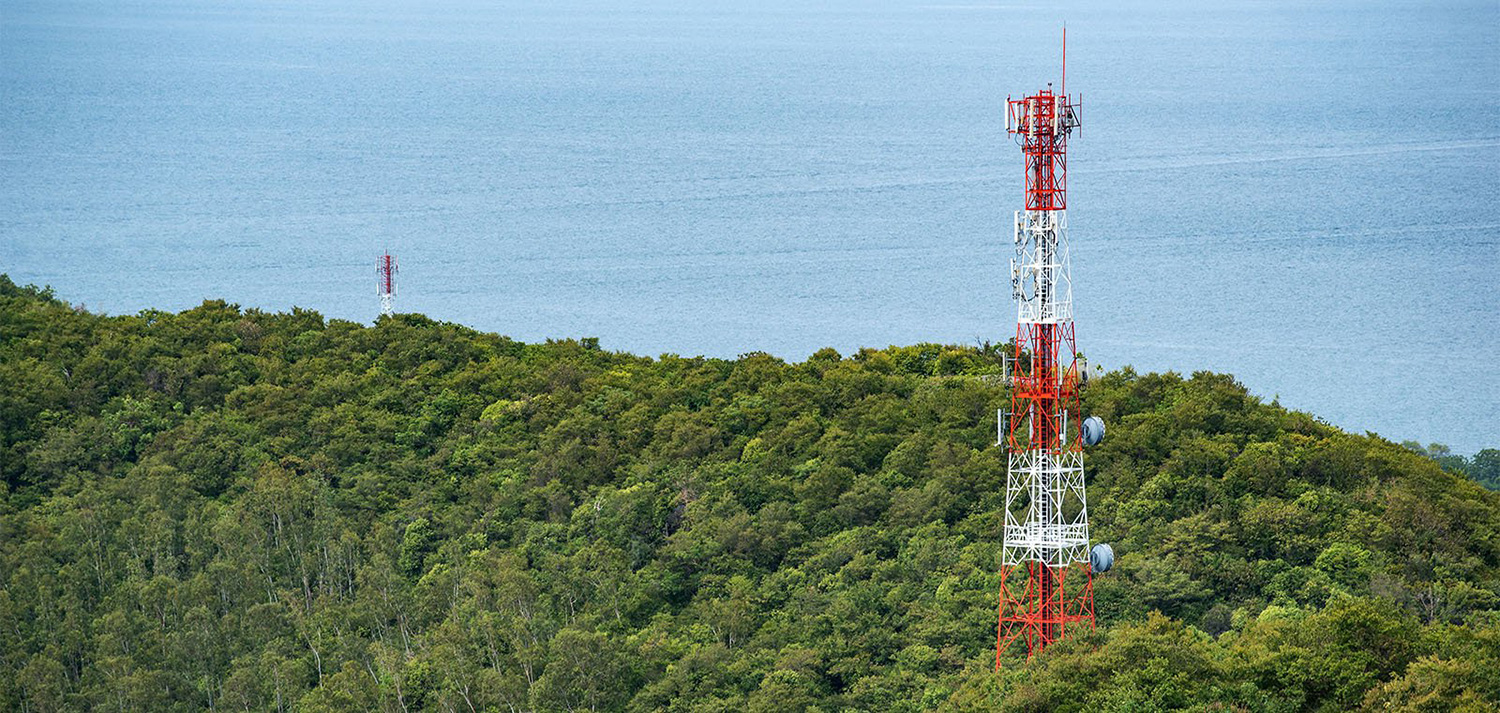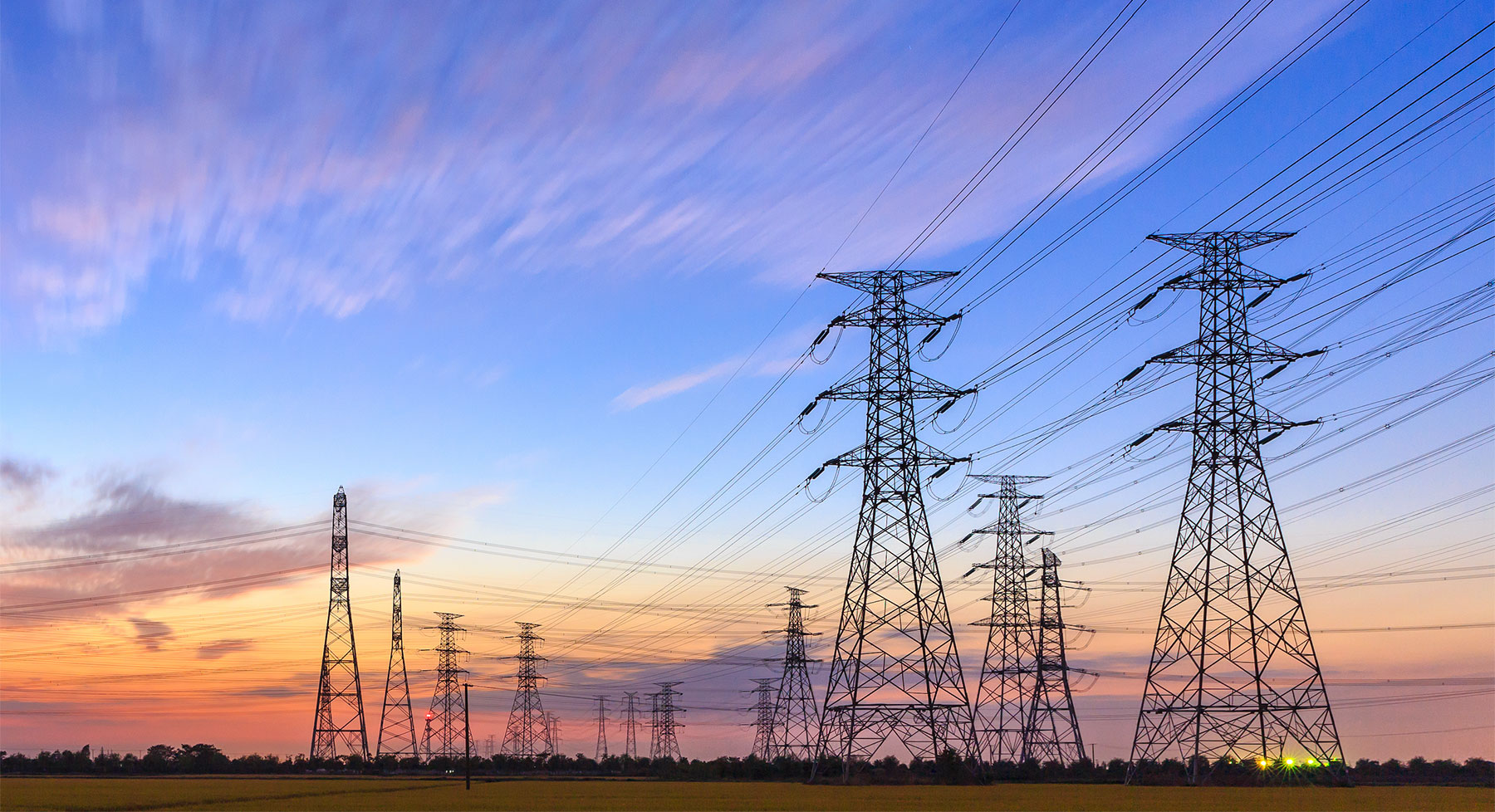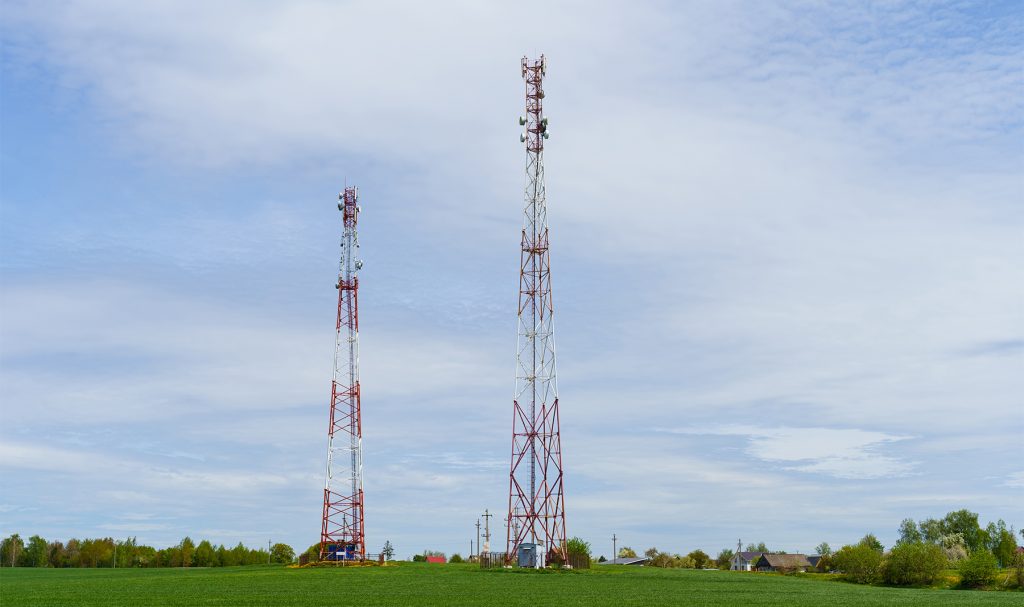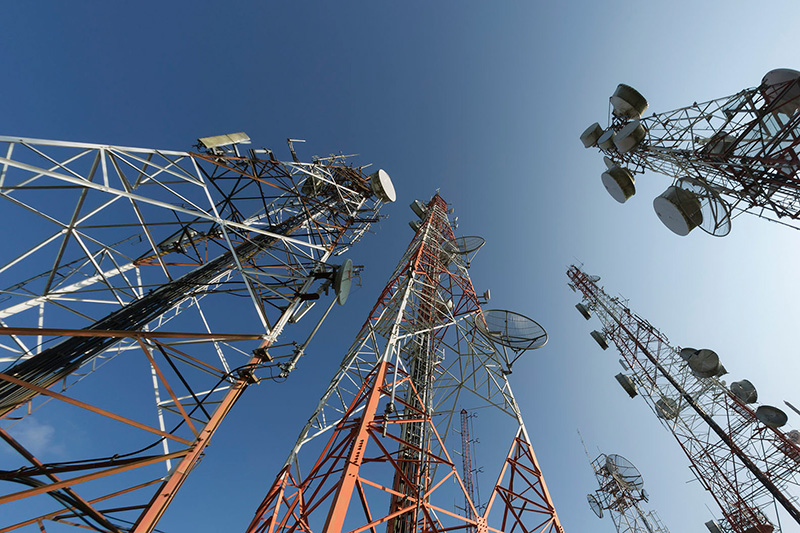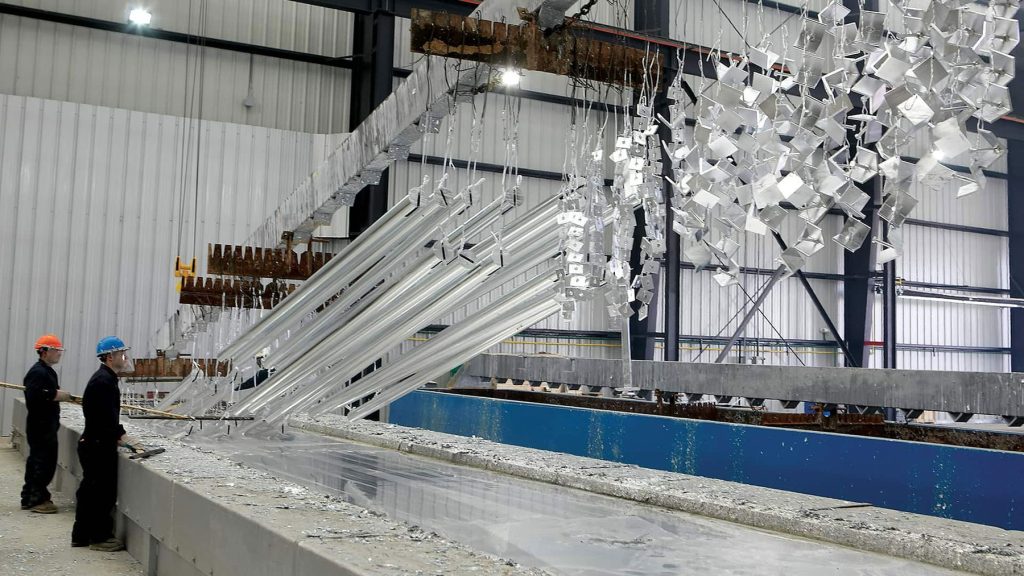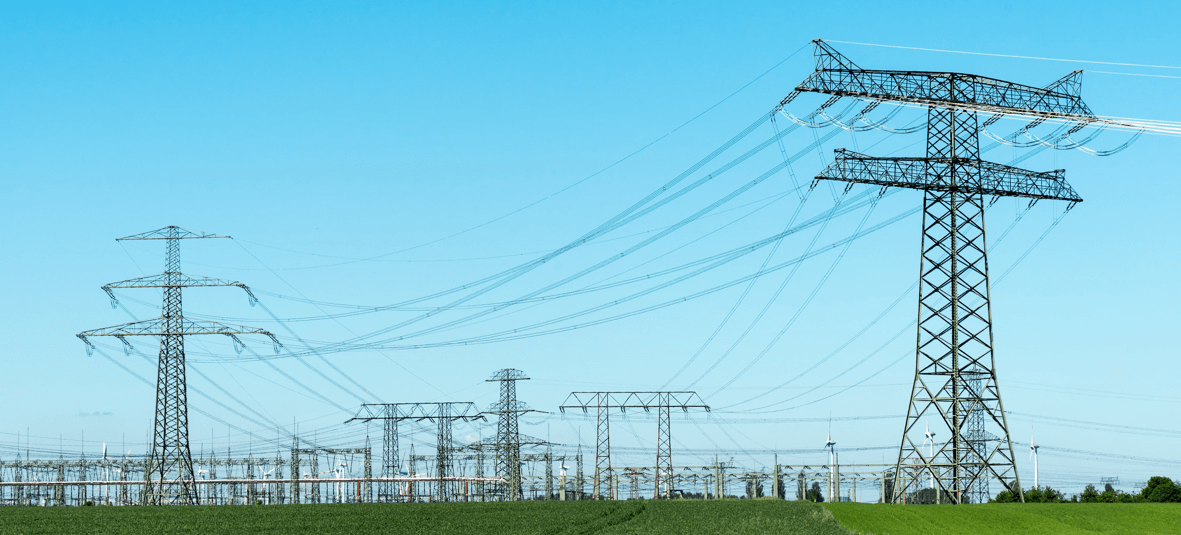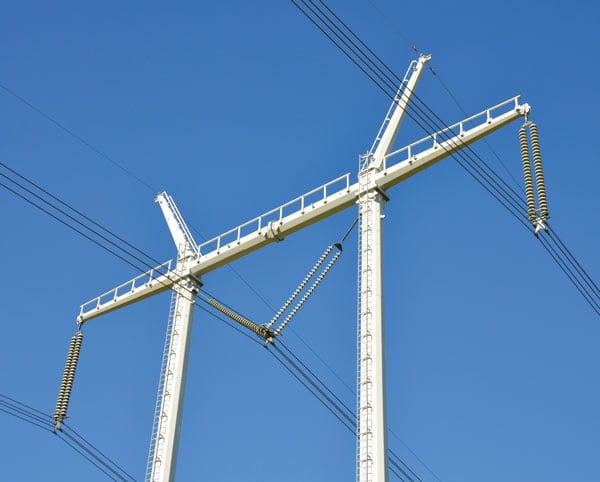Different Types of Transmission Towers
In the vast network of power transmission, the silent guardians standing tall are the transmission towers. These structures play a crucial role in supporting the intricate web of power lines that carry electricity from generation sources to distribution points. However, not all transmission towers are created equal. In fact, there are several types of transmission towers, each designed to serve specific purposes based on factors like terrain, voltage requirements, and environmental conditions. Let’s delve into the world of transmission towers and explore the various types that power our modern society.
Lattice Towers
Perhaps the most common type of transmission tower, lattice towers are characterized by their open framework of intersecting metal sections. These towers offer excellent strength-to-weight ratio, making them ideal for carrying heavy power lines over long distances. Lattice towers come in various configurations such as delta, diamond, and square, each suited for different voltage requirements and environmental conditions.
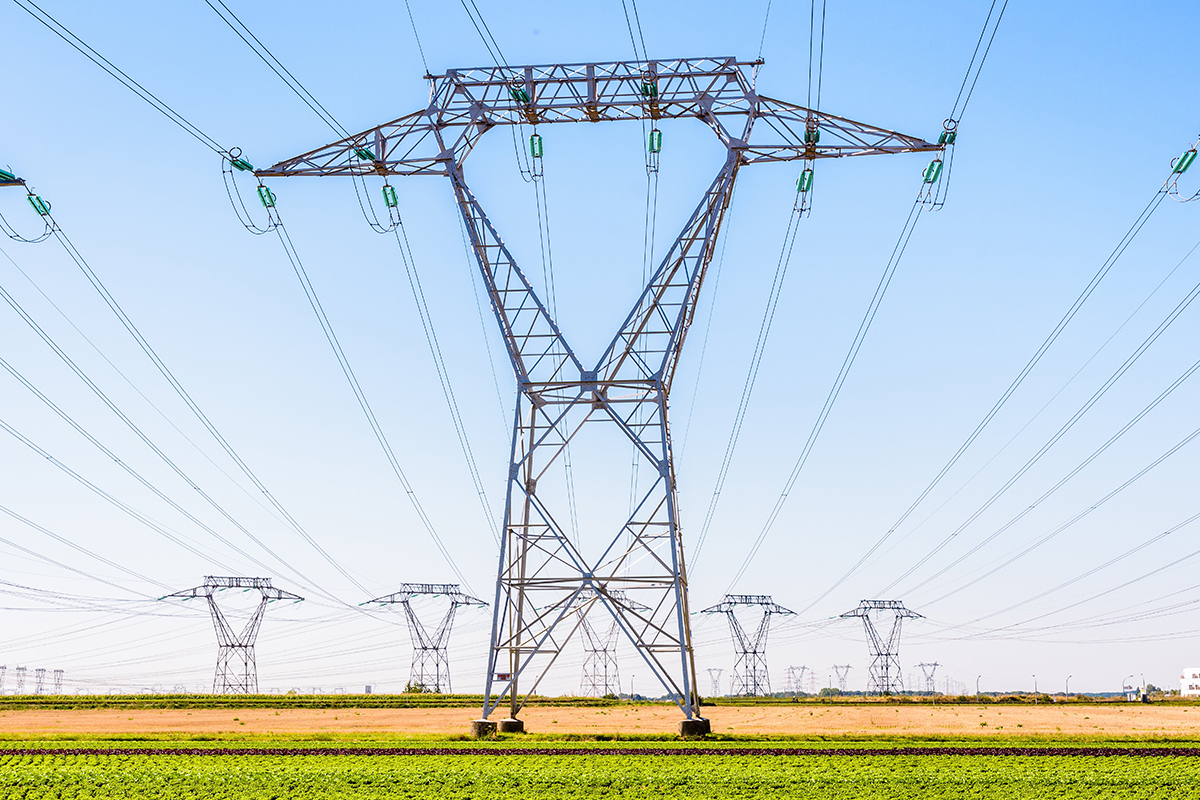
Tubular Towers
Tubular towers, as the name suggests, are cylindrical in shape and consist of hollow steel sections. These towers offer a sleek and modern appearance while providing robust support for power lines. Tubular towers are often preferred in urban areas or regions with high aesthetic concerns due to their pleasing design and ability to blend seamlessly into the surroundings.
Guyed Towers
Guyed towers rely on guy wires for support and stability. These towers feature a central mast with multiple guy wires extending outward and anchored to the ground. Guyed towers are commonly used in areas with limited space or uneven terrain where traditional self-supporting towers may not be feasible. They are also cost-effective alternatives for medium to high voltage transmission lines.
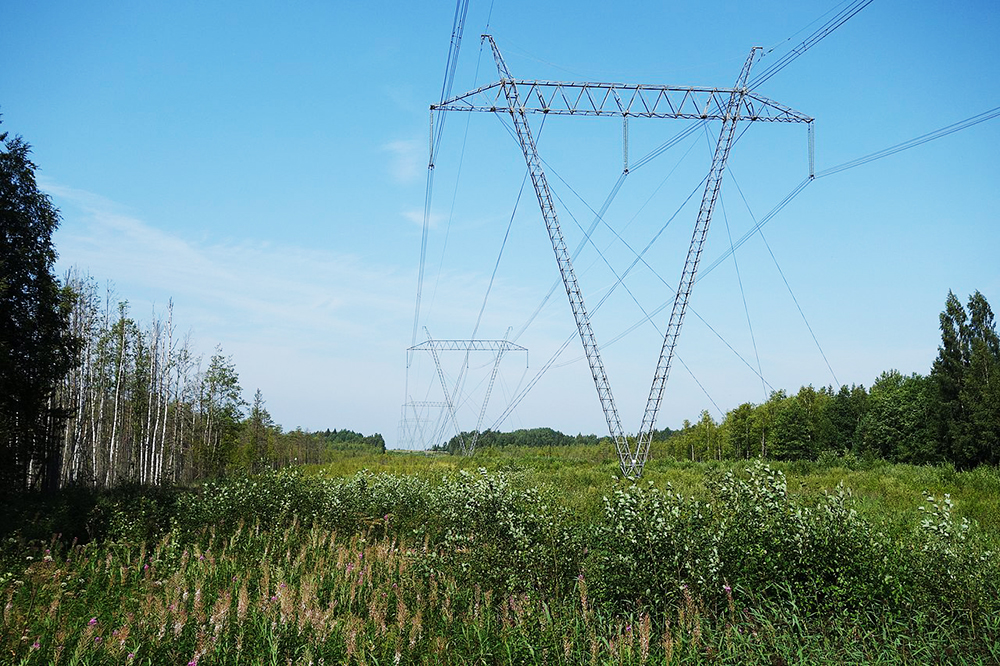
Self-Supporting Towers
Self-supporting towers, also known as free-standing towers, are designed to support the weight of power lines without the need for external support structures like guy wires. These towers come in various designs such as triangular, square, or hexagonal, each offering different levels of stability and load-bearing capacity. Self-supporting towers are commonly used in flat terrains or areas with minimal environmental constraints.
Monopole Towers
Monopole towers are single, slender poles that support power lines vertically. These towers offer a compact footprint and are often used in urban or suburban areas where space is limited. Monopole towers can be aesthetically pleasing and are sometimes disguised as flagpoles or trees to minimize visual impact.
Hybrid Towers
Hybrid towers combine the design features of multiple tower types to optimize performance and cost-effectiveness. For example, a hybrid tower may feature a lattice structure at the base for added stability, transitioning into a tubular or monopole design as it rises. Hybrid towers are versatile solutions that can be customized to meet specific project requirements.
The use of transmission tower masts varies depending on their type. Each type of tower mast is designed to fulfill specific requirements based on factors such as terrain, voltage levels, environmental conditions, and aesthetic considerations. Here’s how the use of masts differs across different types of transmission towers:
What are the different types of power transmission towers?
Lattice Towers
Lattice towers typically use a mast structure that consists of interconnected metal sections forming a lattice framework. These towers are known for their versatility and strength, making them suitable for a wide range of applications, including high-voltage transmission lines over long distances. The lattice structure allows for efficient distribution of loads while minimizing material usage, making lattice towers cost-effective for extensive power transmission networks.
Tubular towers feature a cylindrical mast structure made of hollow steel sections. These towers are often used in urban or suburban areas where aesthetics play a significant role. The sleek design of tubular towers allows them to blend seamlessly into the surrounding environment while providing robust support for power lines. Tubular towers are commonly used for medium to high voltage transmission lines, especially in areas with aesthetic considerations or space constraints.
Guyed Towers
Guyed towers utilize a central mast supported by multiple guy wires anchored to the ground. The mast structure of guyed towers is typically designed to withstand vertical compression loads while the guy wires provide additional support against lateral forces. Guyed towers are commonly employed in areas with challenging terrain or limited space, where traditional self-supporting towers may not be feasible or cost-effective.
Self-Supporting Towers
Self-supporting towers feature a mast structure that is capable of supporting power lines without the need for external support structures like guy wires. These towers come in various designs, including triangular, square, or hexagonal configurations, each offering different levels of stability and load-bearing capacity. Self-supporting towers are commonly used in flat terrains or areas with minimal environmental constraints where space is not an issue.
Monopole Towers
Monopole towers consist of a single, slender pole that supports power lines vertically. The mast structure of monopole towers is designed to withstand both compression and bending loads while offering a compact footprint. Monopole towers are often used in urban or suburban areas where space is limited, and aesthetic considerations are important. These towers can be disguised as flagpoles or trees to minimize visual impact.
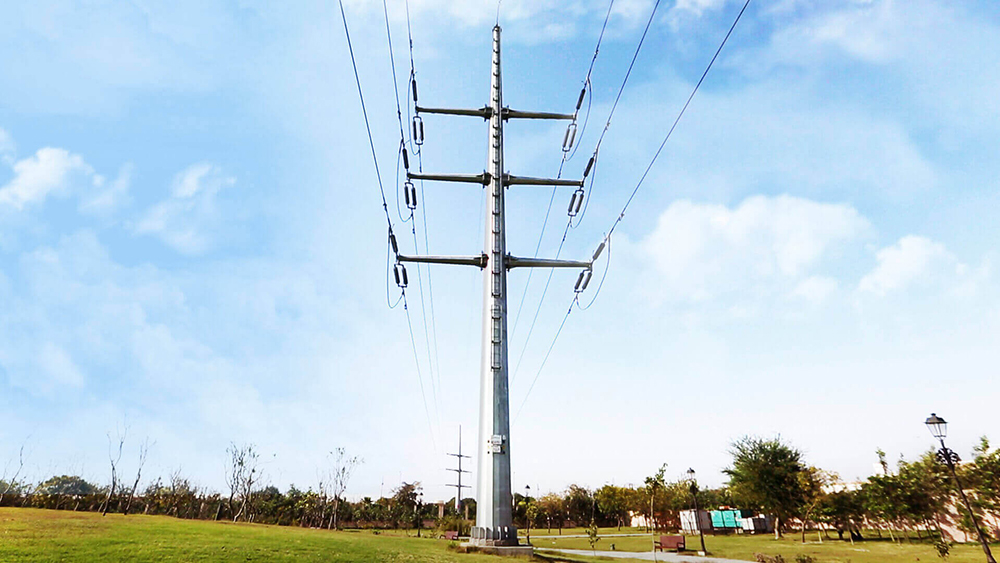
Hybrid Towers
Hybrid towers combine elements of different tower types to optimize performance and cost-effectiveness. The mast structure of hybrid towers varies depending on the specific design and requirements of the project. For example, a hybrid tower may feature a lattice structure at the base for added stability, transitioning into a tubular or monopole design as it rises. Hybrid towers offer versatility and customization options to meet a wide range of project needs.
conclusion
In summary, the use of transmission tower masts varies according to their type, with each type serving specific purposes based on factors such as terrain, voltage requirements, environmental conditions, and aesthetic considerations. By understanding the unique characteristics and applications of different types of tower masts, engineers and planners can select the most suitable option for their power transmission projects.
In conclusion, the world of transmission towers is diverse and multifaceted, with each type serving a unique purpose in the efficient and reliable transmission of electrical power. Whether it’s the robust lattice towers spanning across vast landscapes or the sleek monopoles gracing urban skylines, these structures form the backbone of our modern infrastructure. By understanding the different types of transmission towers and their respective advantages, we can better appreciate the ingenuity and engineering prowess behind the seamless delivery of electricity to homes, businesses, and industries around the globe.
References

